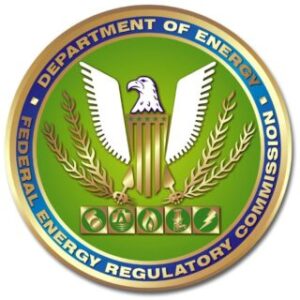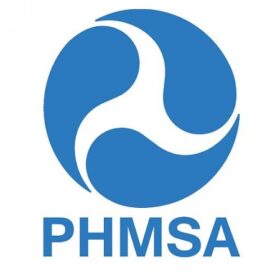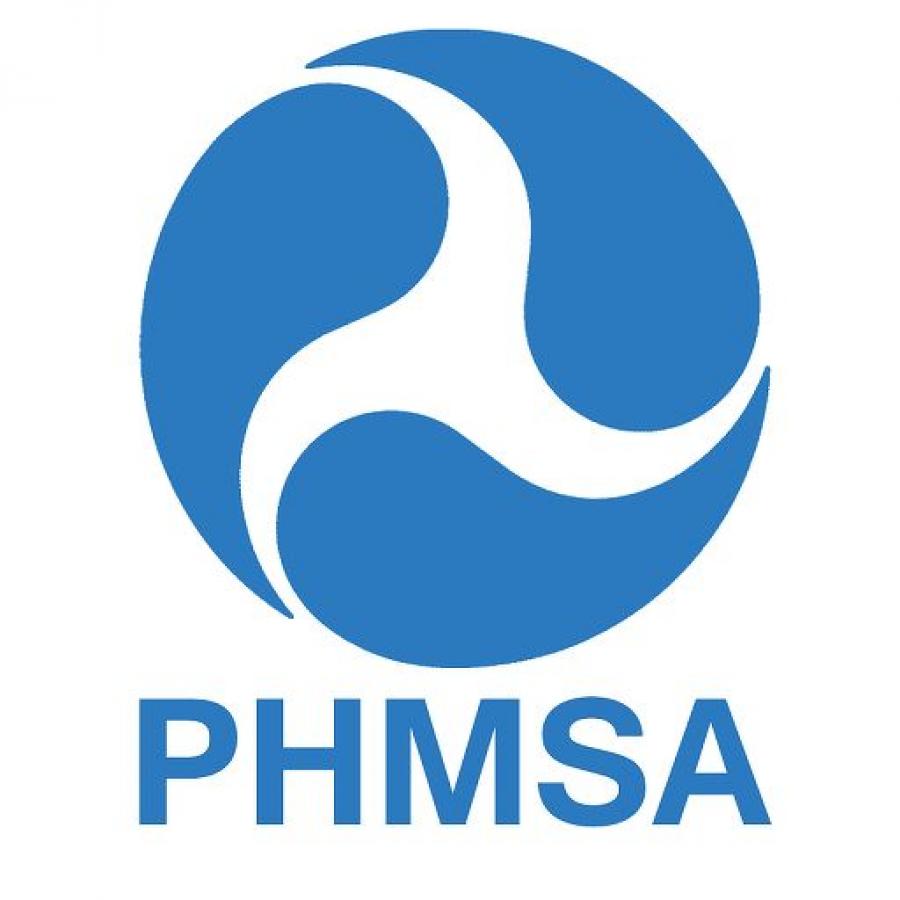
INGAA shares Commissioner Brownell’s concern that the Commission, through its broad ranging Notice in this case, is “creating market uncertainty with the specter of regulatory intervention, on a generic basis, in a discounting program that works well, promotes competition, provides regulatory safeguards and ultimately benefits gas consumers.” Concurrence at 1. No new factual grounds have been presented to justify a change in the Commission’s discount policy or regulations. Proponents of barring or discouraging gas-on-gas competition premise their arguments on the assumption that gas-on-gas competition does not increase throughput. Consistent with economic theory and the Commission’s original predictions, however, discounting to meet gas-on-gas competition results in lower end use prices, which produces increased demand and an increase in throughput. A policy that either bars gas-on-gas competition outright, or discourages it by disallowing rate case adjustments to reflect lower revenue from discounted volumes, would not be a minor “tweak” to the competitive market for pipeline capacity that the Commission has fostered. Because discounting is the principal tool available to pipelines to enable them to compete, a change in the discount policy could unravel the new competitive framework.
As INGAA shows below and in the attached statement of Bruce B. Henning (“Henning Statement”), an economist with broad experience in the natural gas industry:
- The current discount policy gives pipelines an incentive to sell available capacity at prices below the maximum rate rather than leave the capacity unutilized. Customers that have subscribed capacity at maximum rates are thereby protected from the impact of absorbing all the costs of unsubscribed capacity. See Henning Statement at 12-13;
- Contrary to the assumption made by advocates of barring or inhibiting gas-on-gas competition, pipeline discounting to meet that competition does in fact increase throughput on the pipeline grid by stimulating demand, which necessarily benefits maximum rate customers as well as the customers that pay discounted rates. See Henning Statement at 14-15, 18, 23-24;
- Without the possibility of a discount adjustment, a “rational” pipeline may choose to refuse to sell any capacity for less than the maximum rate, and either abandon the “excess” capacity, or recover the costs of those unused facilities from its maximum rate paying customers by filing for rate increases; Henning Statement at 12.
- Existing regulations afford customers an adequate opportunity to challenge discount adjustments that are not justified by competitive conditions. Moreover, discount adjustments should not result in a larger increase in rates to other customers than would occur if the pipeline had left the capacity unutilized. See Henning Statement at 2;
- Since Order 636,1 substantial new pipeline capacity has been built, leading to more gas-on-gas competition, and producing fewer “captive” customers.
A Commission policy change that discourages discounting in any form that is justified by competitive circumstances could well have a number of predictable, adverse effects on this market:
- Discouraging discounting will undermine the hub and market area competition that has developed, where basis differentials set the intrinsic transportation prices and make them transparent. Reliance on maximum rates may increase the basis and price of gas downstream and depress wellhead prices, with consequent reduced exploration and production activity. Henning Statement at 11, 21-23;
- A reduced incentive for pipelines to discount will inhibit longer-term contracting, and promote increased reliance on interruptible service, thereby undermining a key means for pipelines to manage financial and contract risk, and for shippers to gain price certainty (Henning Statement at 19-20);
- Reliance on maximum rates will obscure price signals that make planning for capacity expansion more speculative (Henning Statement at 20-21);
- If high-cost pipelines (e.g., virtually all new pipelines) are without an incentive to sell unused capacity at a discount, their shippers will pay higher cost-based maximum rates than shippers on lower-cost pipelines, thus skewing the delivered price of gas and producer netbacks; conversely, where a high-cost pipeline is able to discount unused capacity in competition with a lower-cost pipeline, the competition will push rates for customers of both pipelines towards marginal cost (Henning Statement at 13-14);
- Restrictions on discounting by interstate pipelines would undermine competition in the market for released capacity and place interstate pipelines at an even greater competitive disadvantage vis a vis intrastate pipelines than they already face;
- If released capacity is treated as gas-on-gas competition, and only pipelines are precluded or discouraged from competing in that market via discounts, competition will be damaged; if shippers are barred or discouraged from discounting released capacity also, a key component of the Commission’s successful restructuring will be ruined.
Finally, aside from undermining the competitive market for pipeline transportation that the Commission has fostered, any attempt to isolate gas-on-gas competition from the other forms of competition, or reasons for discounting, is likely to be administratively infeasible. See Commissioner Brownell Concurrence at 2, citing Southern Gas Co., 67 FERC ¶ 61,155 at 61,458 (1994); Henning Statement at 17-19.







